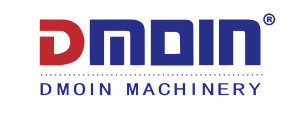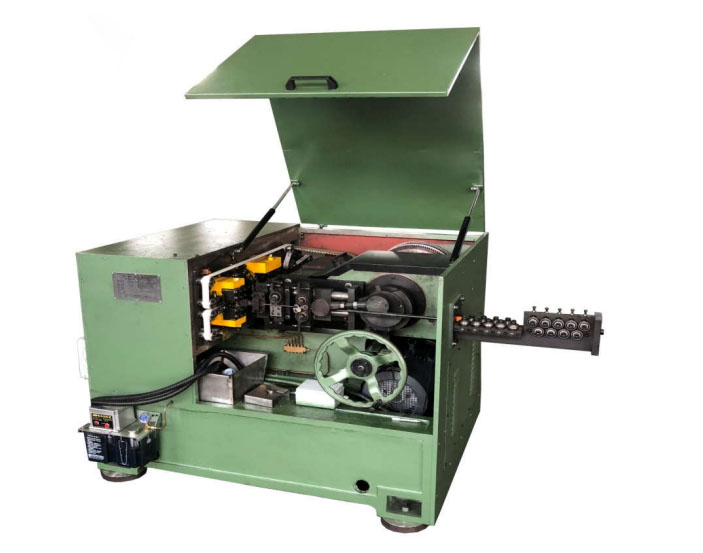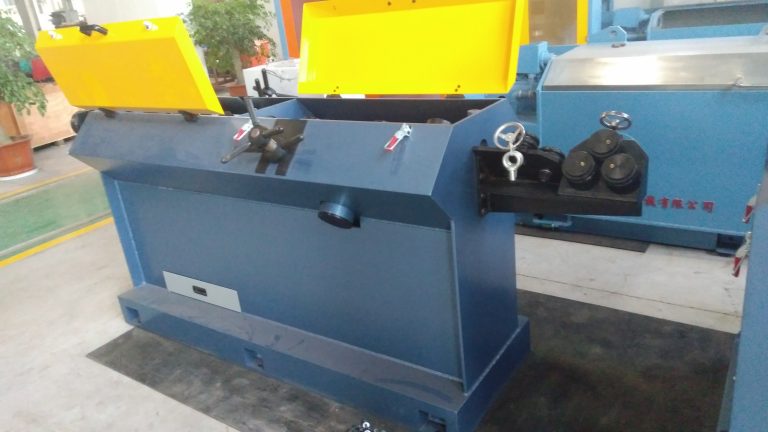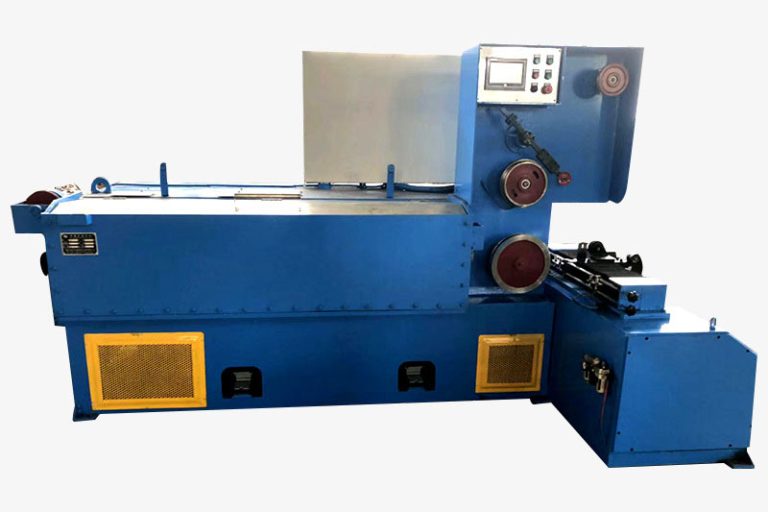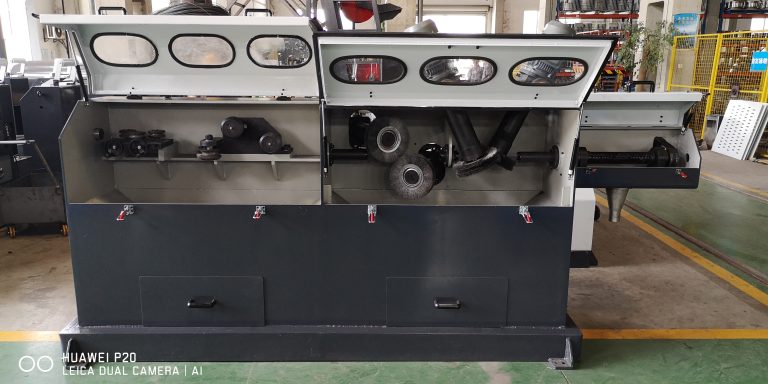Table of Contents
ഡെഡ് ബ്ലോക്ക് കോയിലർ ടെക്നോളജിയുടെ ചരിത്രവും പരിണാമവും
ഡെഡ് ബ്ലോക്ക് കോയിലർ ഓപ്പറേഷനുകൾ ഉപയോഗിച്ച് കാര്യക്ഷമത വർദ്ധിപ്പിക്കുന്നതിനുള്ള നുറുങ്ങുകളും തന്ത്രങ്ങളും
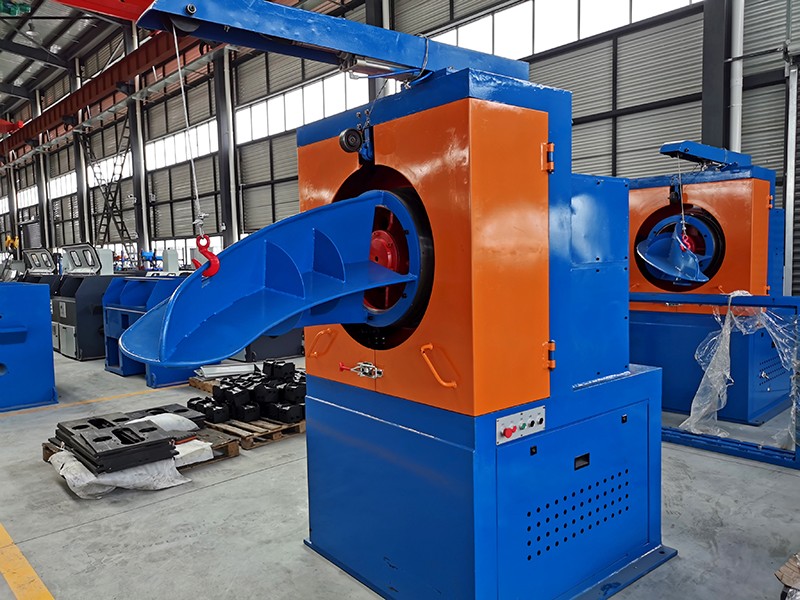
Tips and Tricks for Maximizing Efficiency with Dead Block Coiler Operations
Dead block coilers are an essential piece of equipment in the wire and cable industry, used for coiling finished products onto spools or reels. These machines play a crucial role in the production process, as they help to ensure that the final product is neatly wound and ready for shipping or further processing. However, like any piece of machinery, dead block coilers require proper maintenance and operation to maximize efficiency and productivity.
One of the key factors in maximizing efficiency with dead block coiler operations is proper setup and calibration. Before starting a new job, it is important to ensure that the machine is set up correctly for the specific requirements of the job. This includes adjusting the tension, speed, and other settings to ensure that the finished product meets the desired specifications. Additionally, regular calibration of the machine is essential to ensure that it is operating at peak performance.
In addition to proper setup and calibration, regular maintenance is also crucial for maximizing efficiency with dead block coiler operations. This includes routine inspections of the machine to check for any signs of wear or damage, as well as regular cleaning and lubrication of moving parts. By keeping the machine in good working condition, you can help to prevent breakdowns and downtime, which can have a significant impact on productivity.
Another important factor in maximizing efficiency with dead block coiler operations is operator training. Proper training is essential to ensure that operators are familiar with the machine and know how to operate it safely and effectively. This includes understanding how to make adjustments to the machine settings, as well as how to troubleshoot common issues that may arise during operation. By investing in proper training for your operators, you can help to ensure that the machine is being used to its full potential.
In addition to proper setup, calibration, maintenance, and operator training, there are a few other tips and tricks that can help to maximize efficiency with dead block coiler operations. One such tip is to use the right type of spools or reels for the job. Different types of spools and reels are designed for different types of wire and cable, so it is important to use the correct type for the specific job at hand. Using the wrong type of spool or reel can lead to issues such as tangling or uneven winding, which can impact the quality of the finished product.
Another tip for maximizing efficiency with dead block coiler operations is to pay attention to the tension of the wire or cable as it is being wound onto the spool or reel. Proper tension is essential for ensuring that the finished product is neatly wound and free from defects. By monitoring the tension throughout the coiling process and making adjustments as needed, you can help to ensure that the final product meets the desired specifications.
In conclusion, maximizing efficiency with dead block coiler operations requires proper setup, calibration, maintenance, operator training, and attention to detail. By following these tips and tricks, you can help to ensure that your dead block coiler is operating at peak performance and producing high-quality finished products. Investing the time and effort into properly maintaining and operating your dead block coiler will pay off in the long run, as it will help to improve productivity, reduce downtime, and ultimately lead to a more successful operation.
